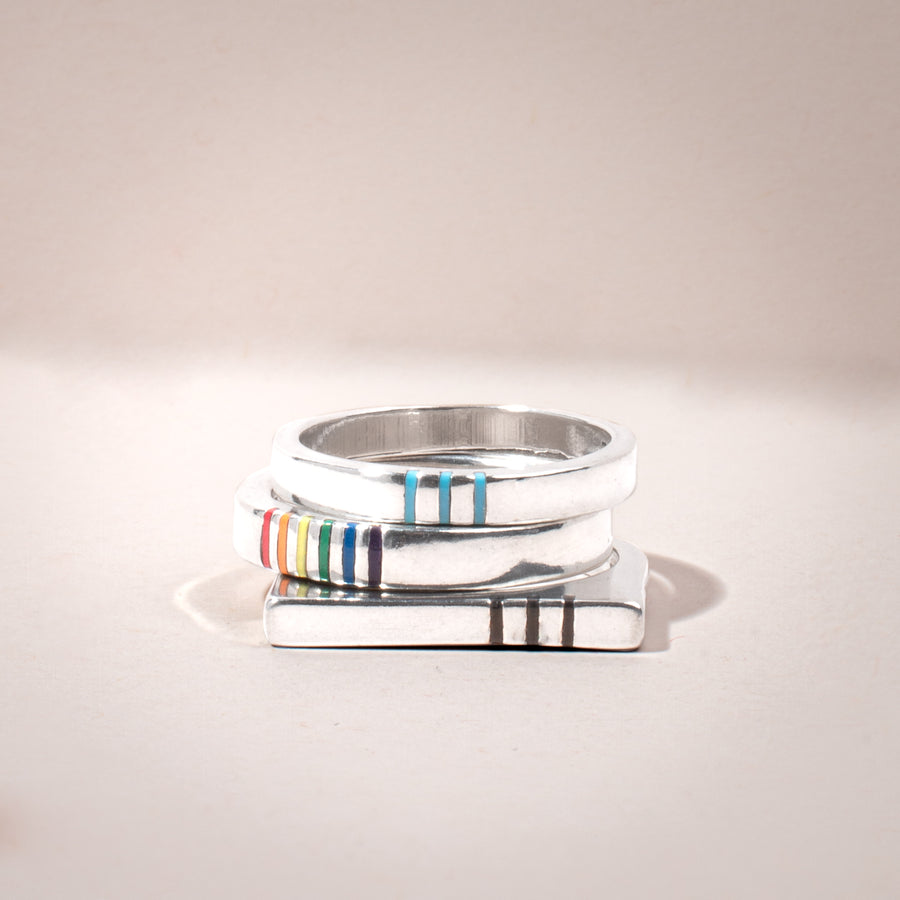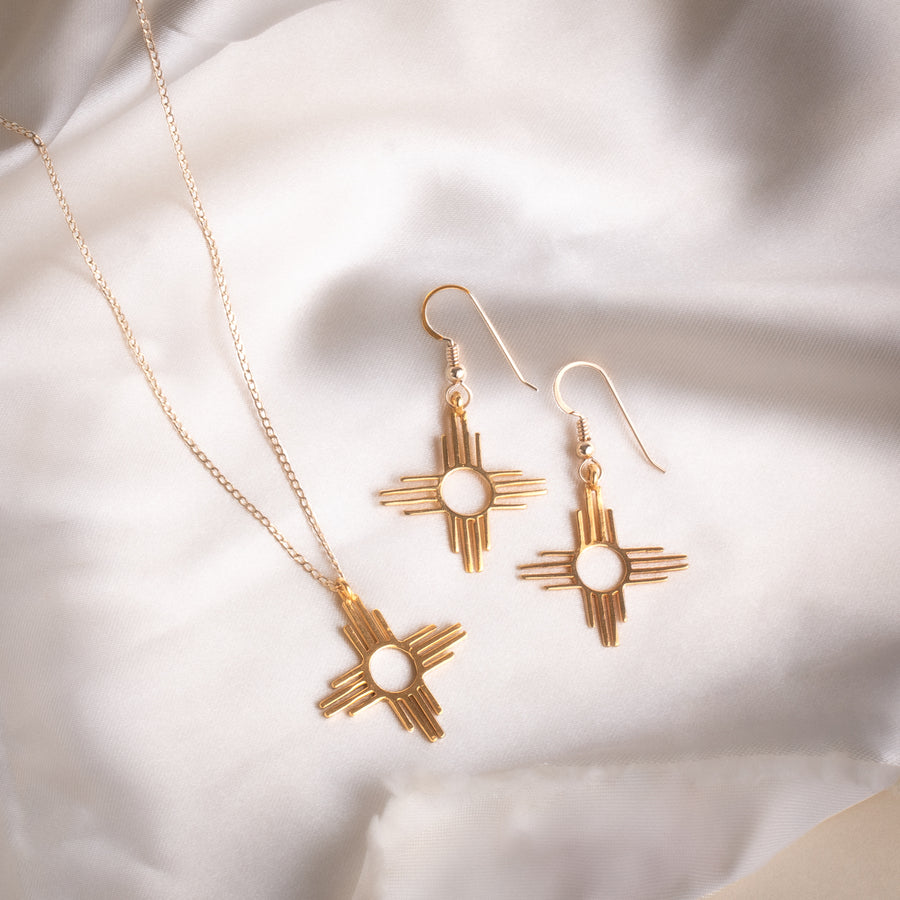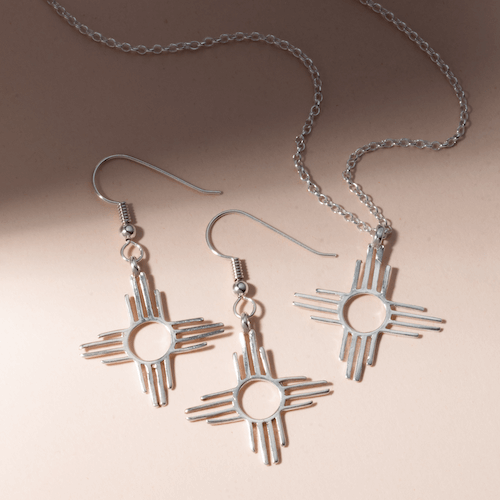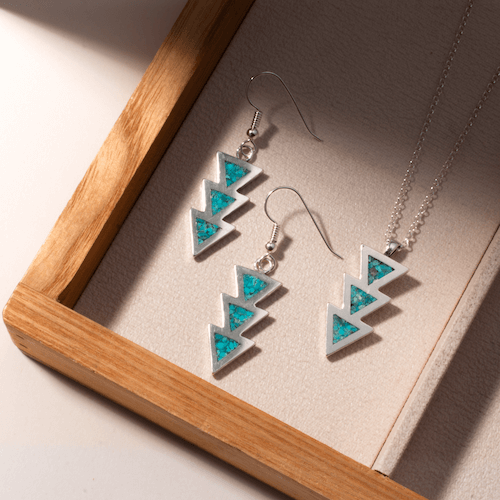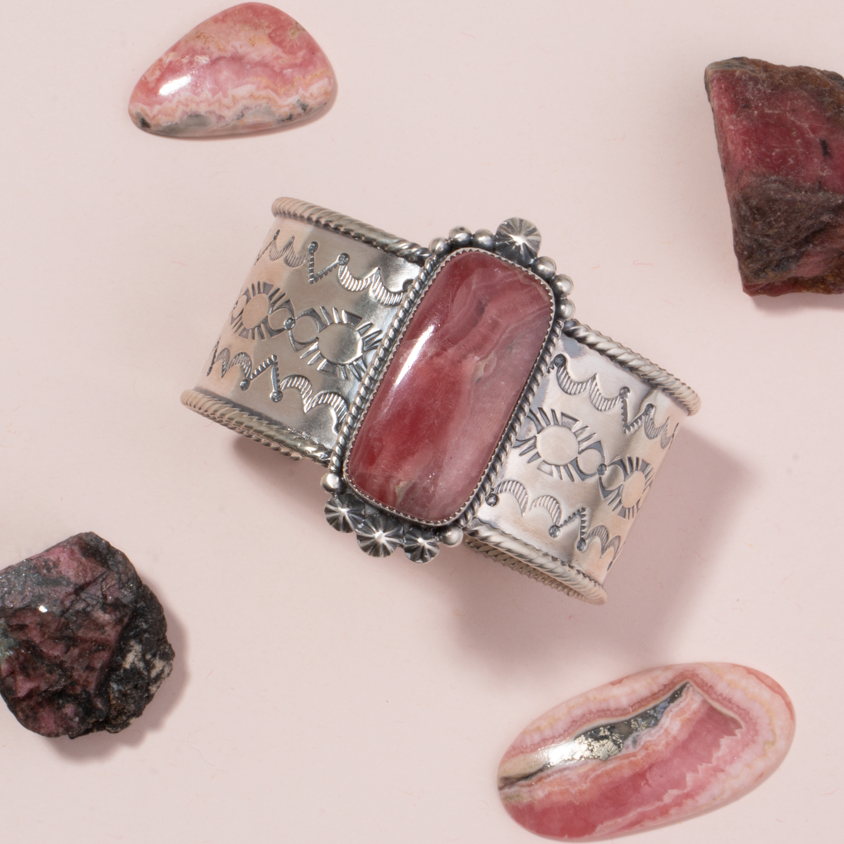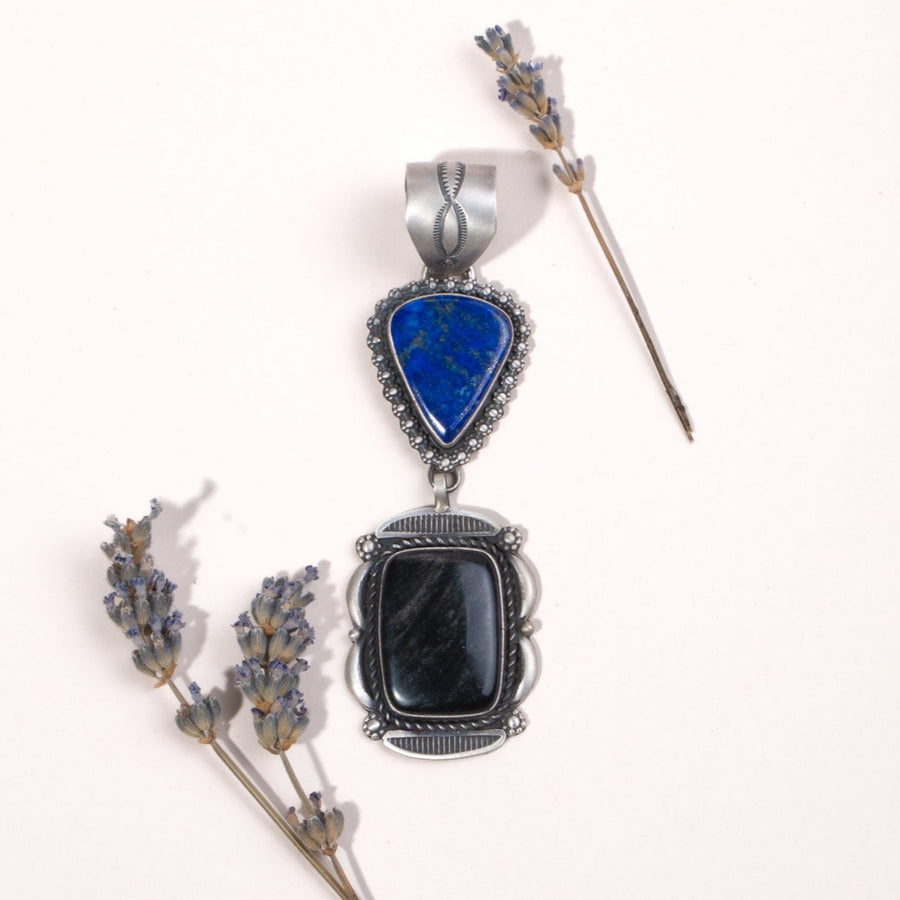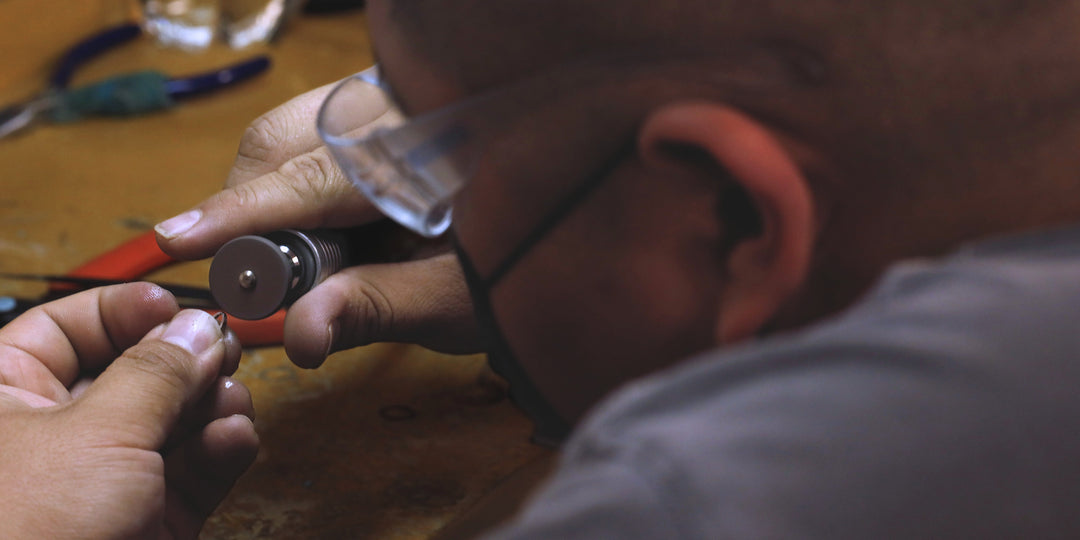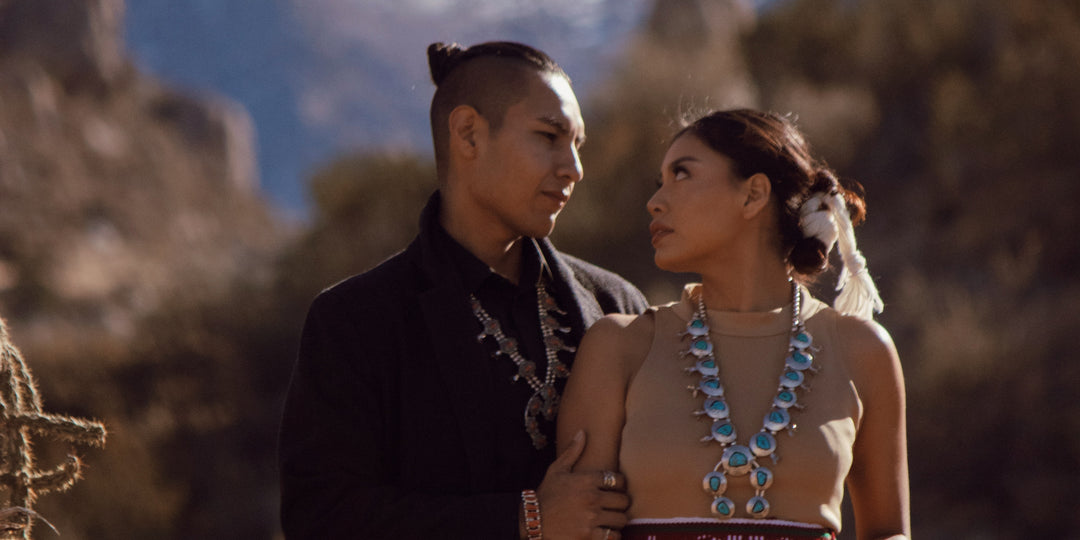Hopitu, the Hopi Tribe
The Hopi Tribe is a group of Native Americans of the southwestern United States. The Hopi Indians are gentle people; the word “Hopi” is derived from their native word “Hopitu” means “peaceful” or “wise”. Separated from other Pueblo tribes on the tops of the southern Black Mesa in Arizona, the Hopi have developed their own unique language. Much like other Pueblo tribes the Hopi raise corn as a fundamental source of food. The southwest can be harsh on farming because of the dry arid climate, so the Hopi have created their own seasonal ceremonial calendar which is based on the cycles of their corn crops. This has helped them predict the changes in weather and allowed them to survive during the unforgiving times. It is clear that religion and formal activities have a very strong impact on the lives of these people and reflections of this influence can be seen in their art. The ceremonial dressed kachina dolls and the symbolism on their silver jewelry give an insight to their wonderful culture.
Hopi Reservation
The Hopi Reservation is situated in the mid-northern area of Arizona. This very distinct reservation is completely surrounded by the Navajo reservation. The population of the Hopi tribe is said to be around 7,000. The Hopi reservation is separated into three mesas. The first Mesa is located just west of Keams Canyon and east of Shongopovi. The Third Mesa is located 25 miles east of Tuba city. Finally the second rests in between the first mesa and the third mesa. The Hopi reservation has a total of nine villages. These nine villages stood strong during the arrival of the Spanish: Sikyatki, Koechaptevela, Kisakovi, Sichomovi, Mishongnovi, Shipaulovi, Shungopavi, Oraibi and Awatovi.
Hopi Kachina Dolls
A Hopi Tribe Kachina is a ornamental doll made from painted wood, feathers and other natural resources. The Hopi people often refer to Kachina Dolls as Kat’sinas or Qat’sinas and are found throughout the entire tribe. These dolls are sacred to the culture and have many meanings. They are representations of ideas, feelings, and theological beings in the Hopi culture. There are said to be between 300-400 types of Kachinas each with their own significant meaning. In traditional culture, Kachina dolls, are made by the maternal uncles, then given to young uninitiated girls at the spring Bean Ceremony and Home Dance. Although many tribes produce Kachina dolls, the Hopi appear to be the most famous and carry the highest value.
